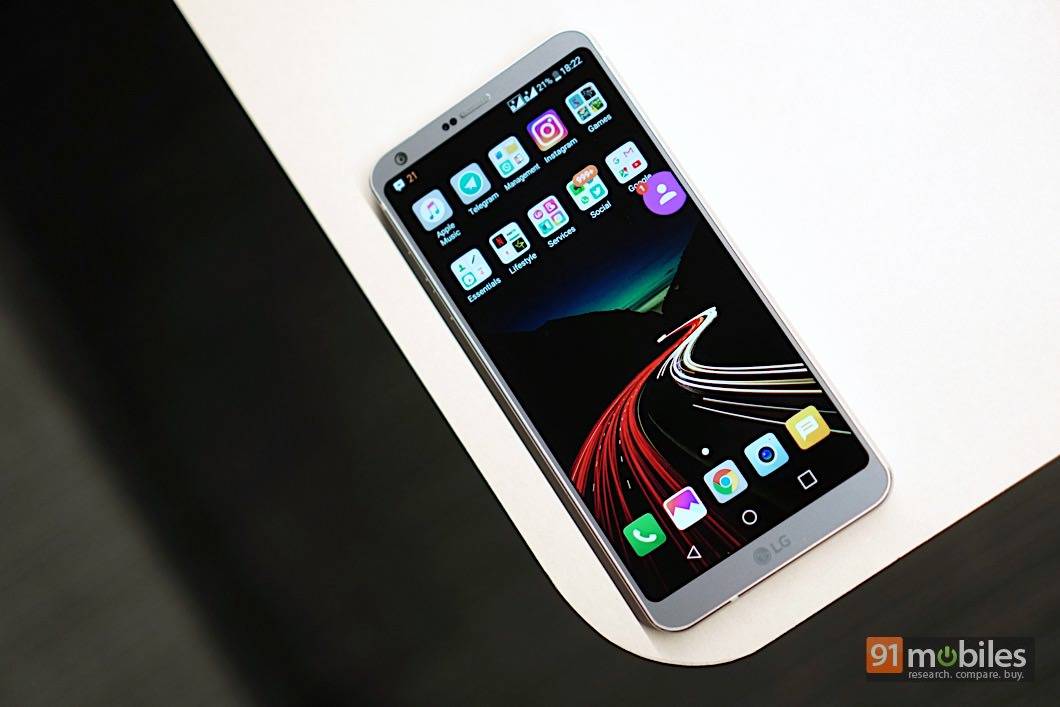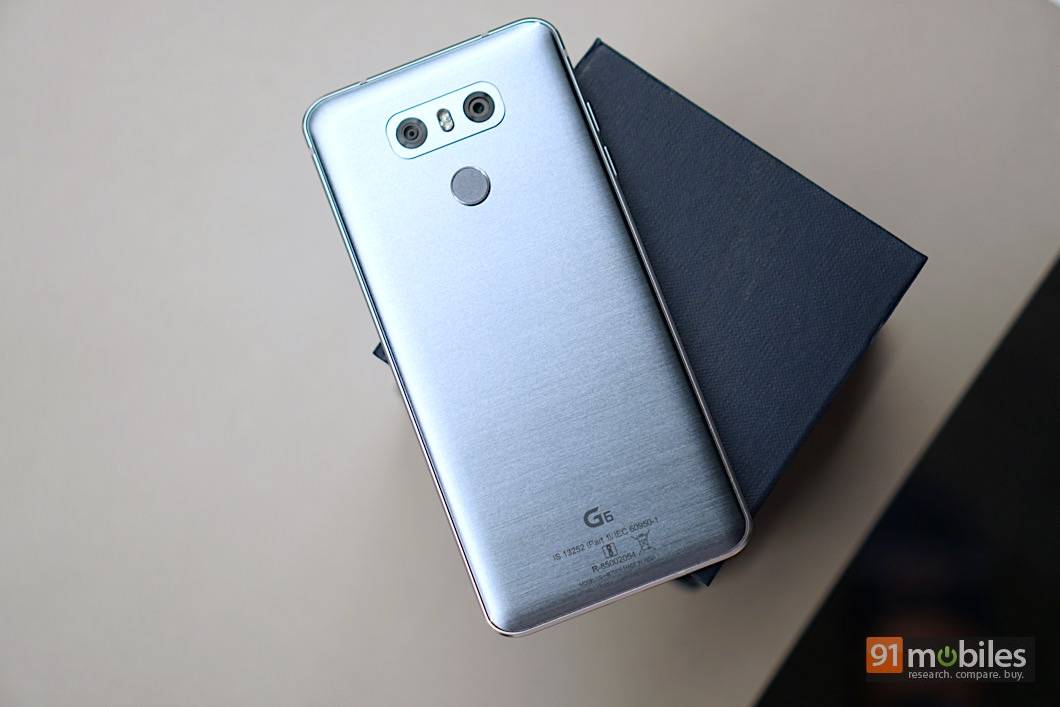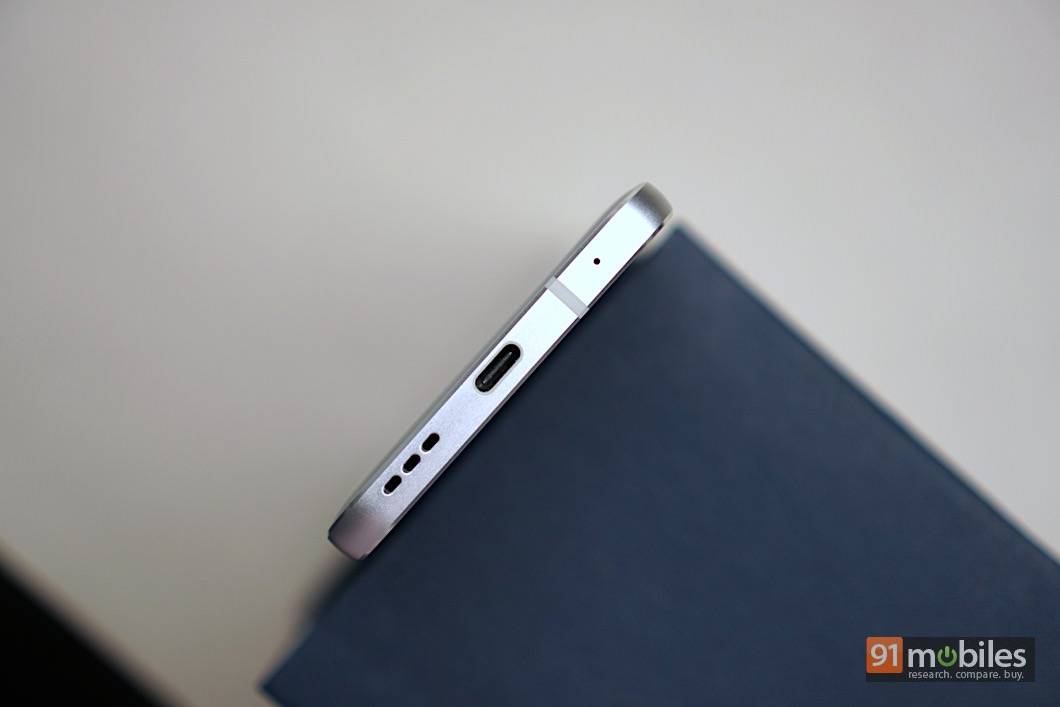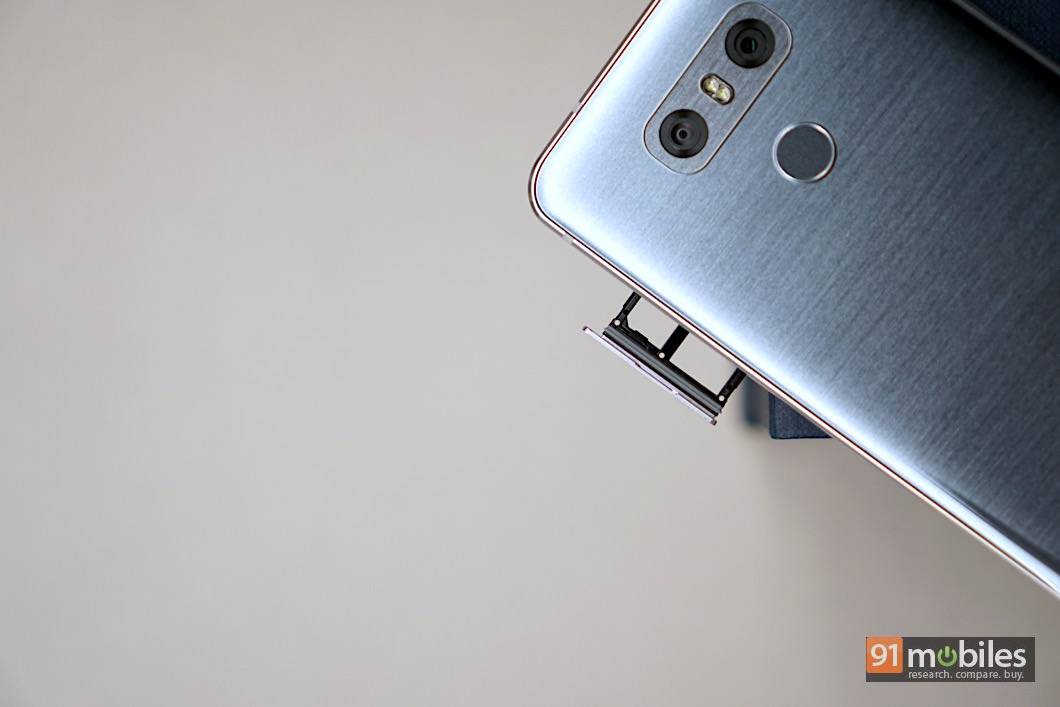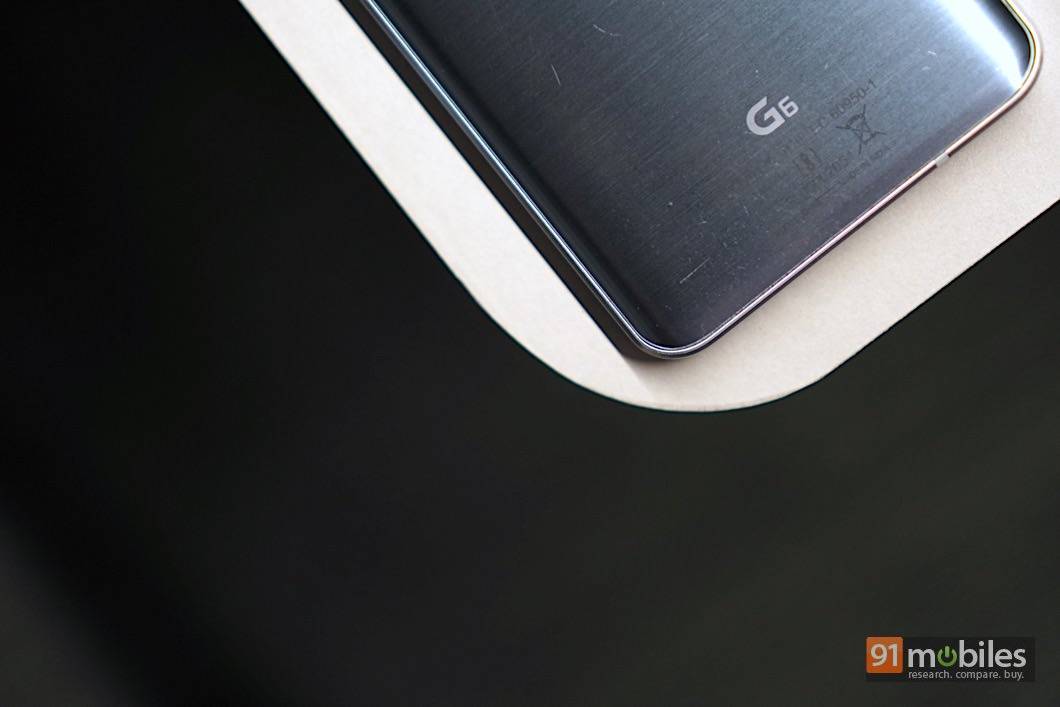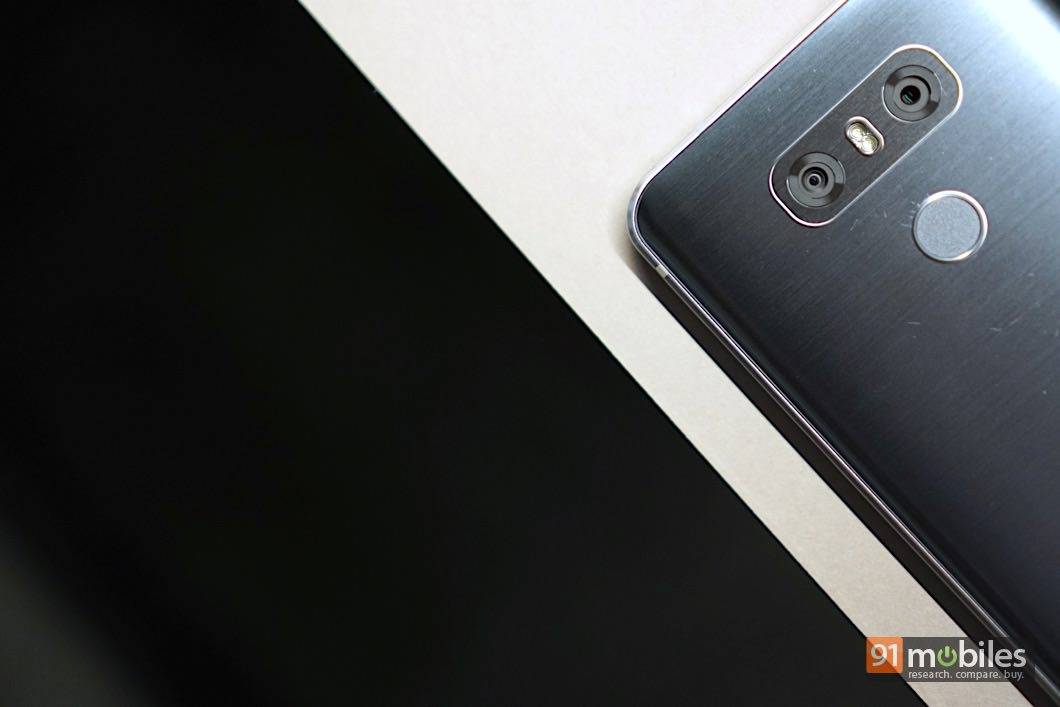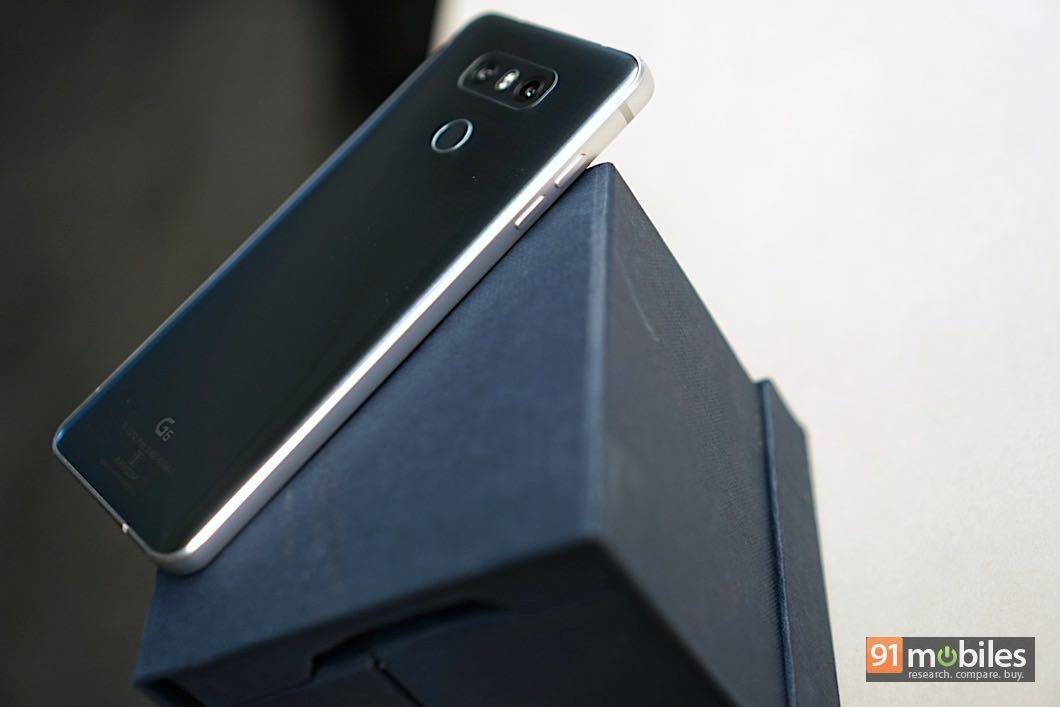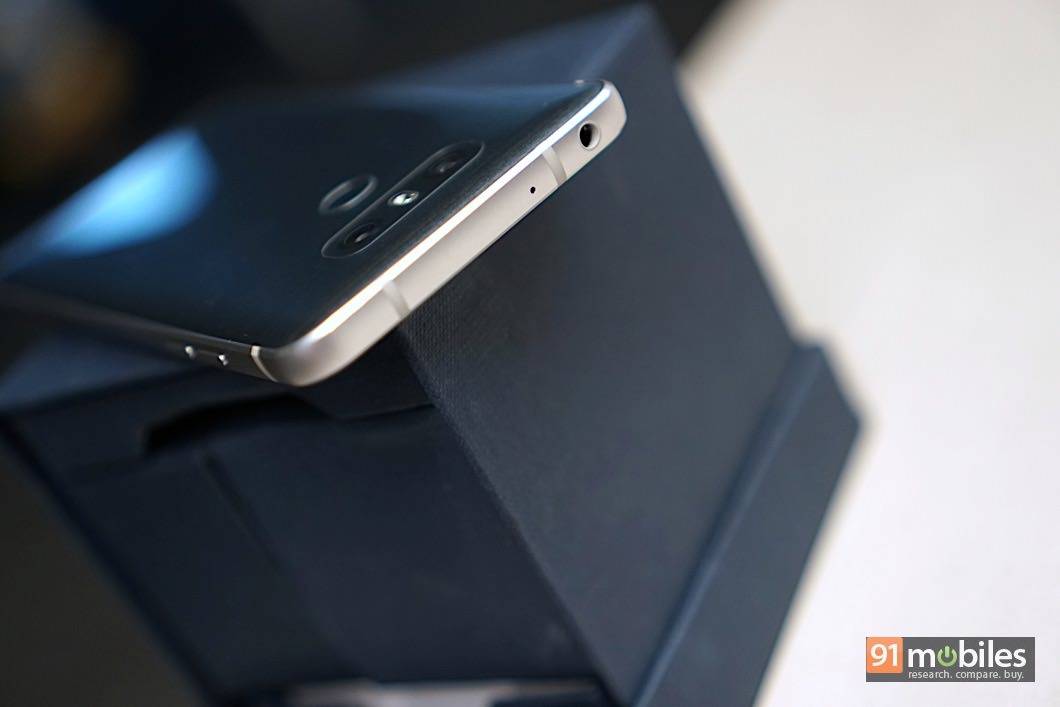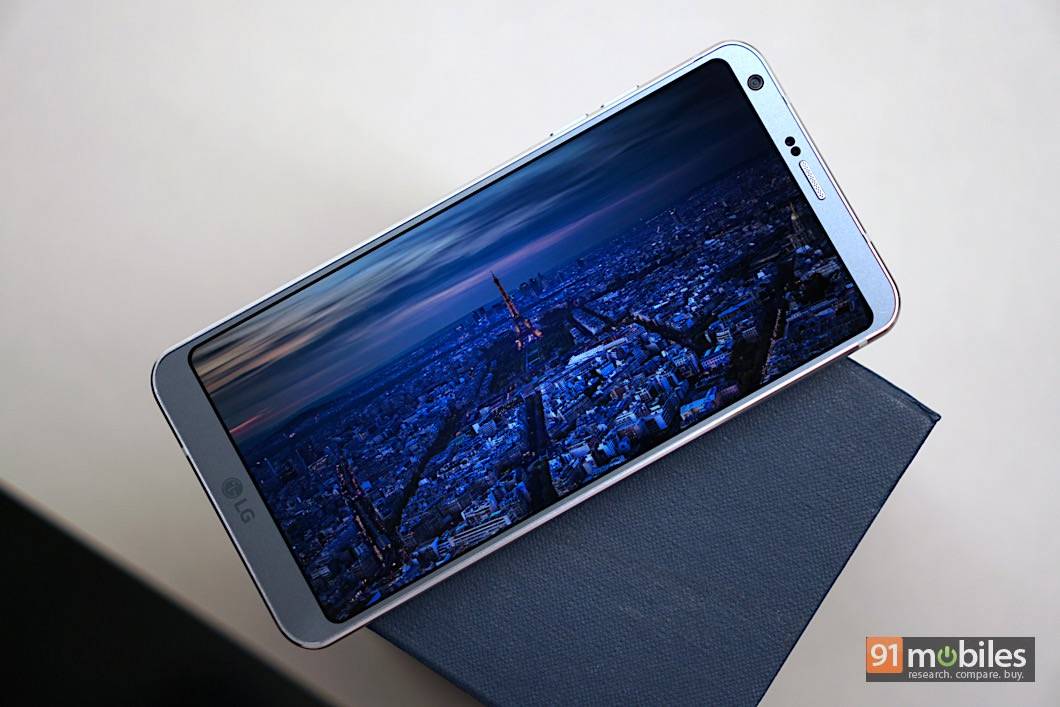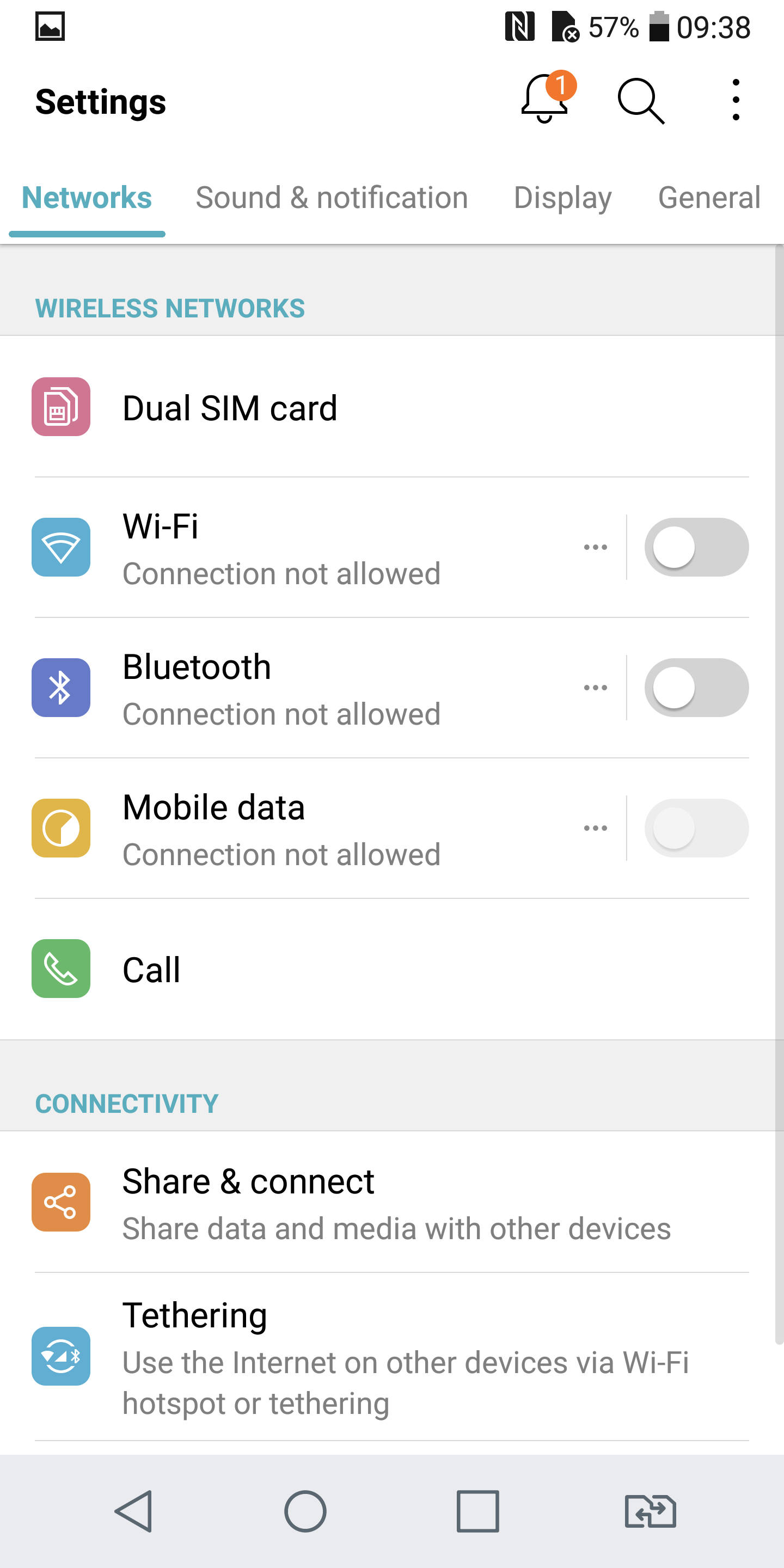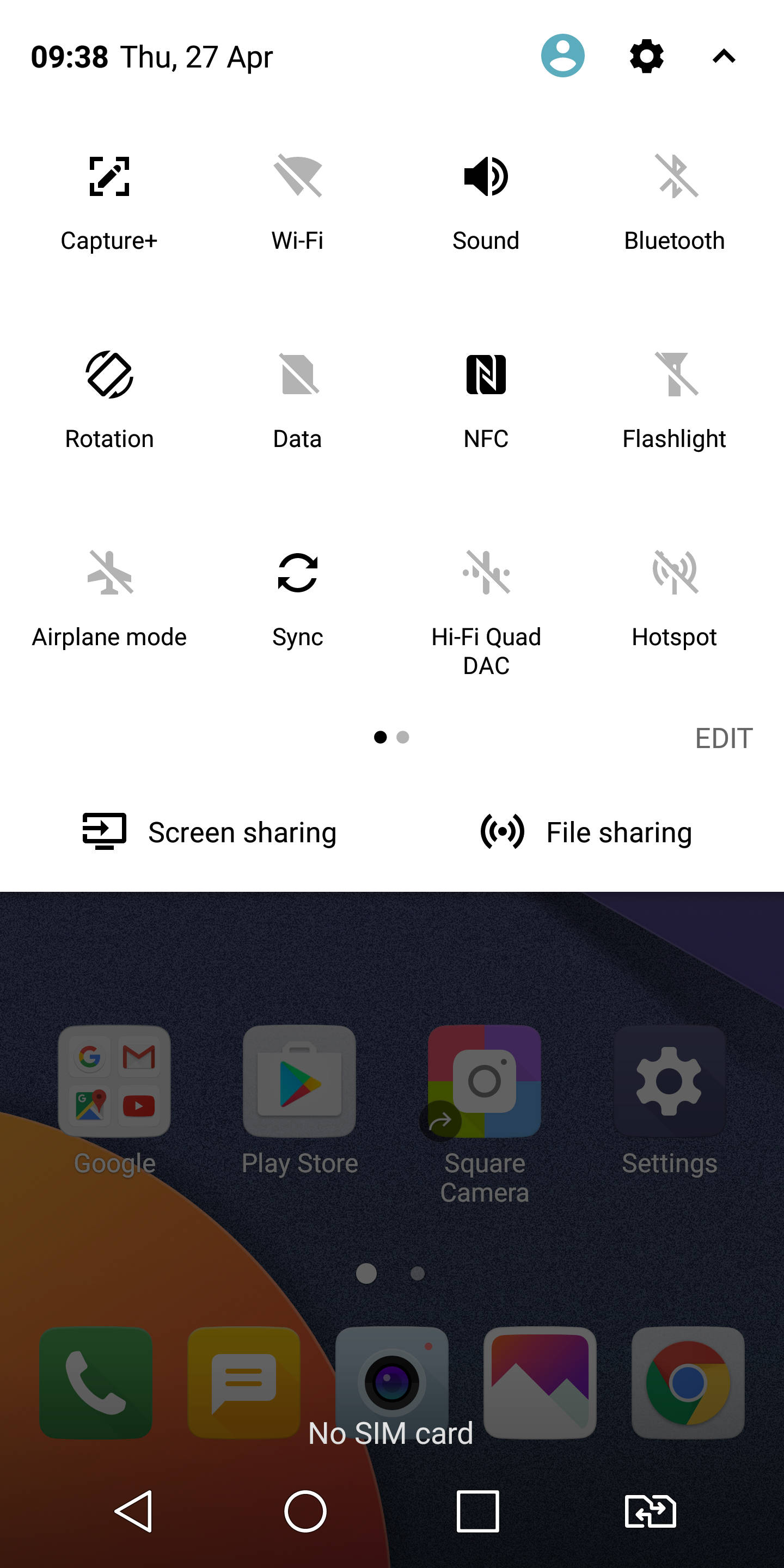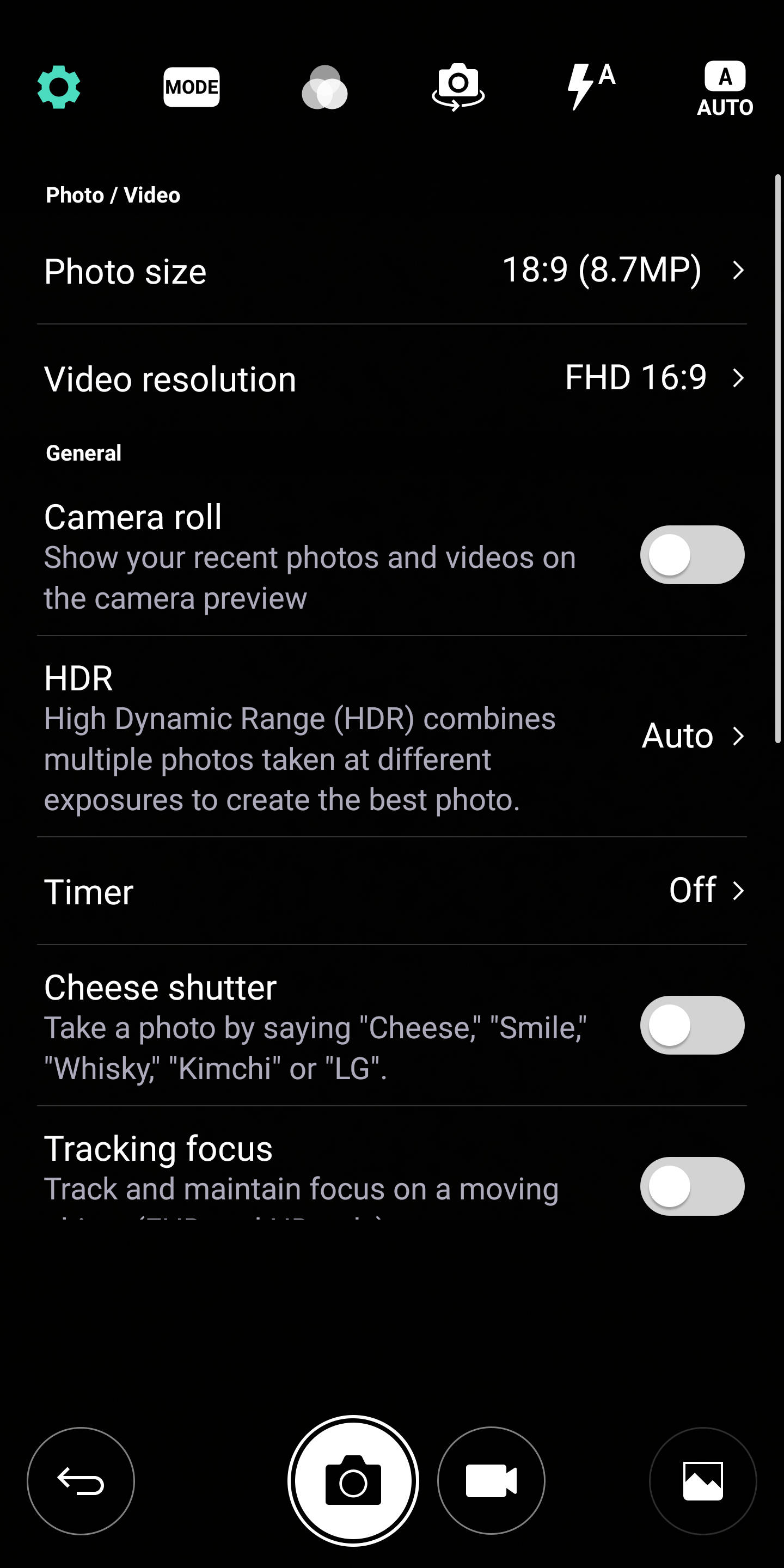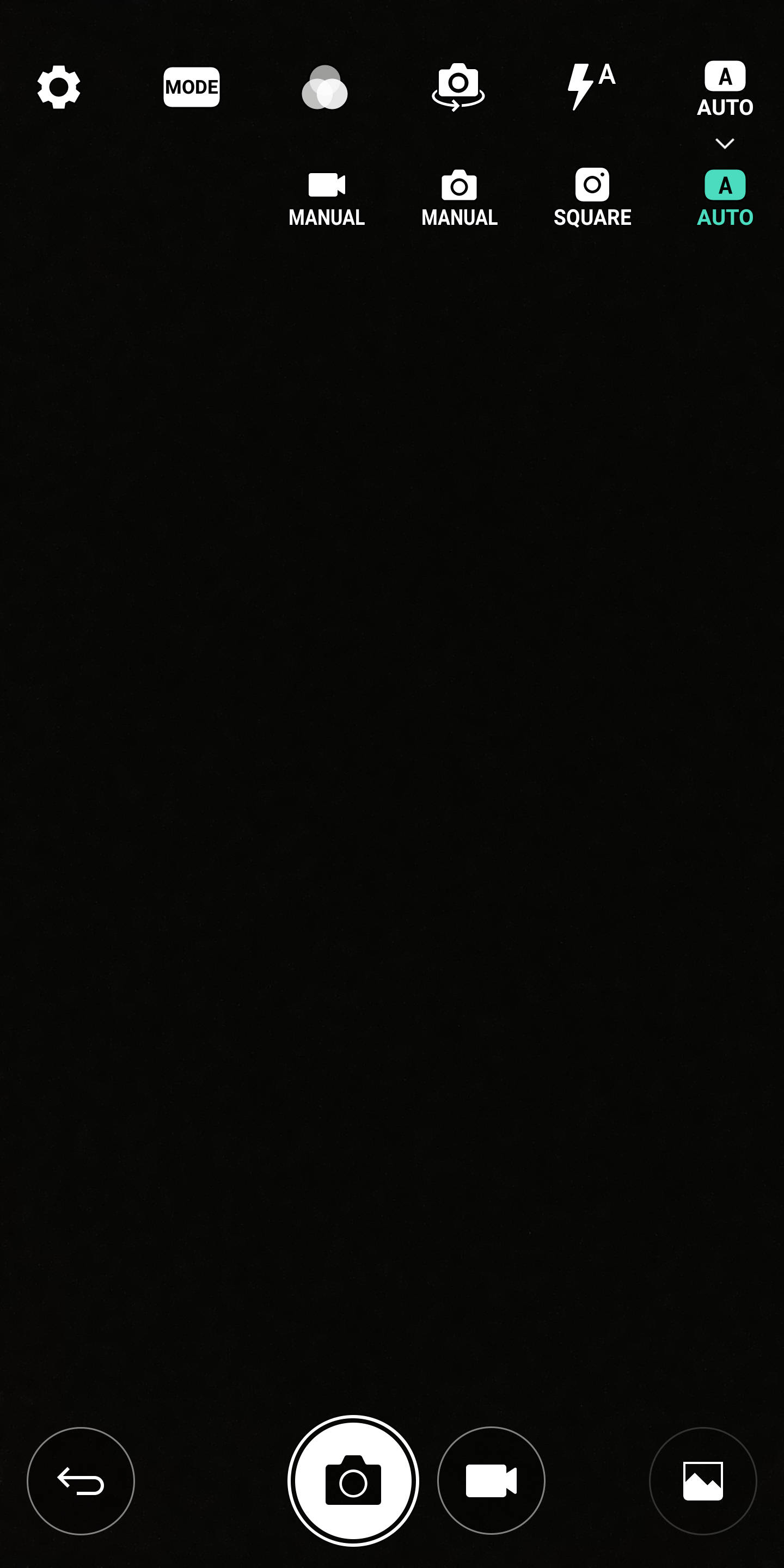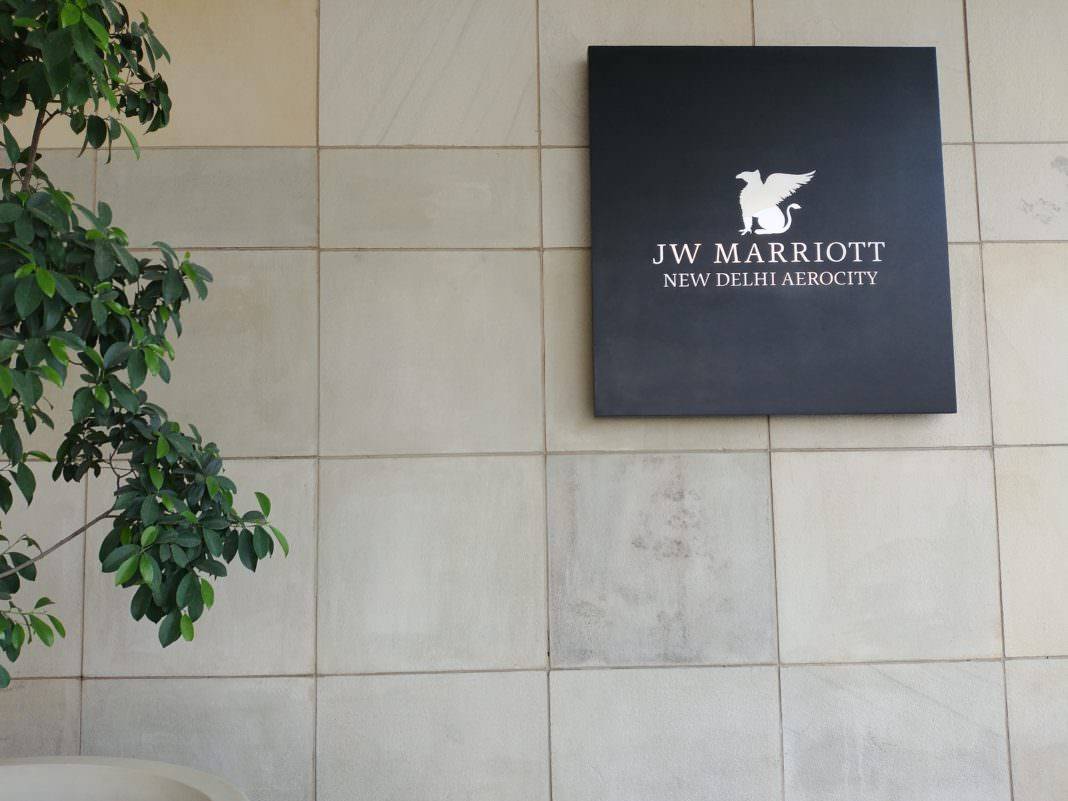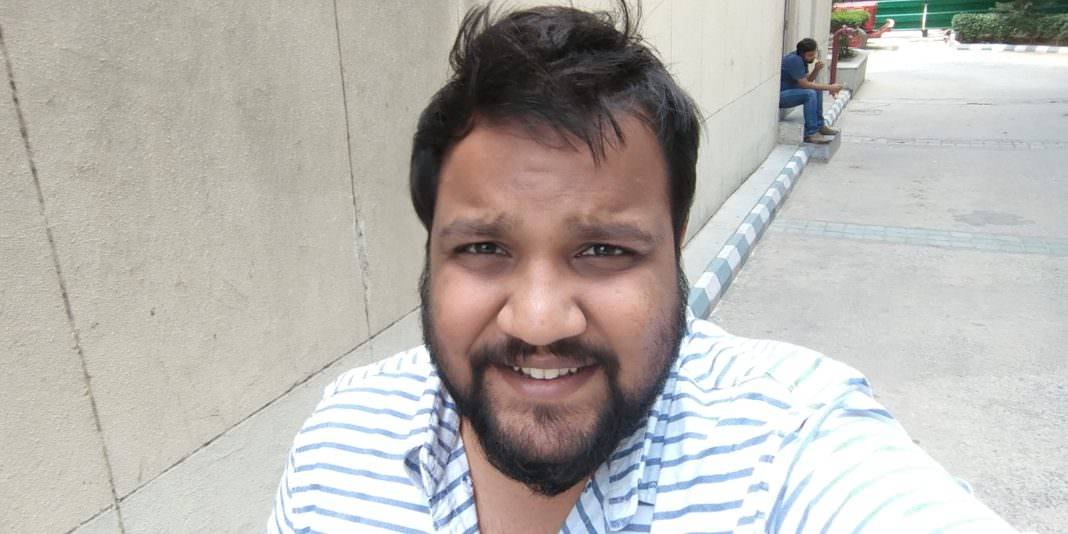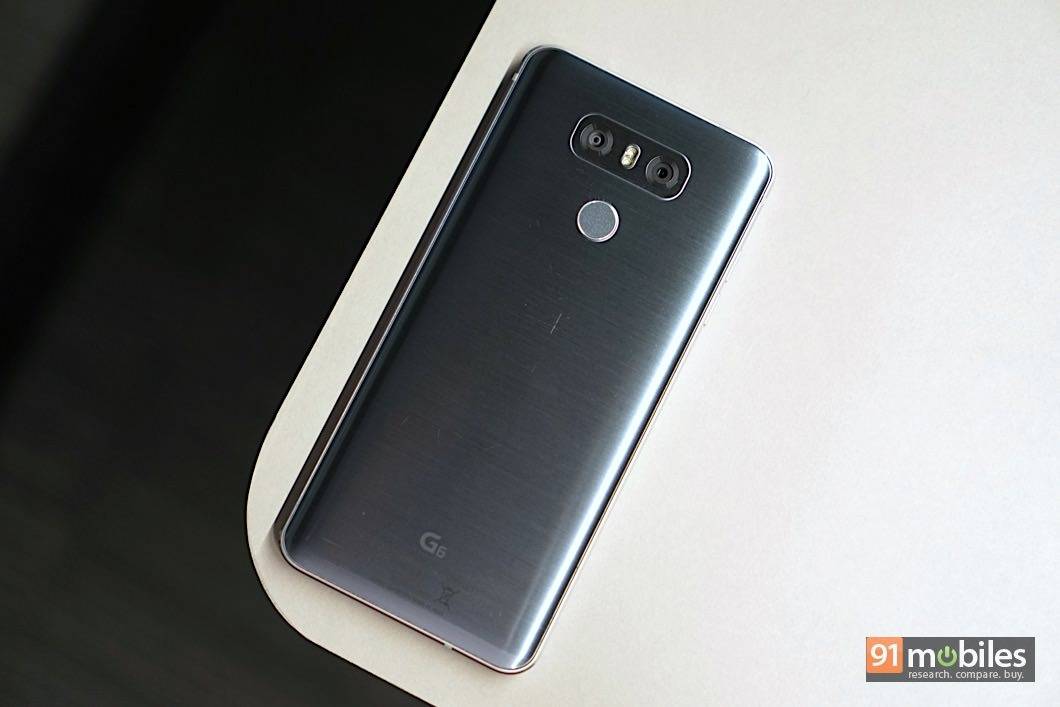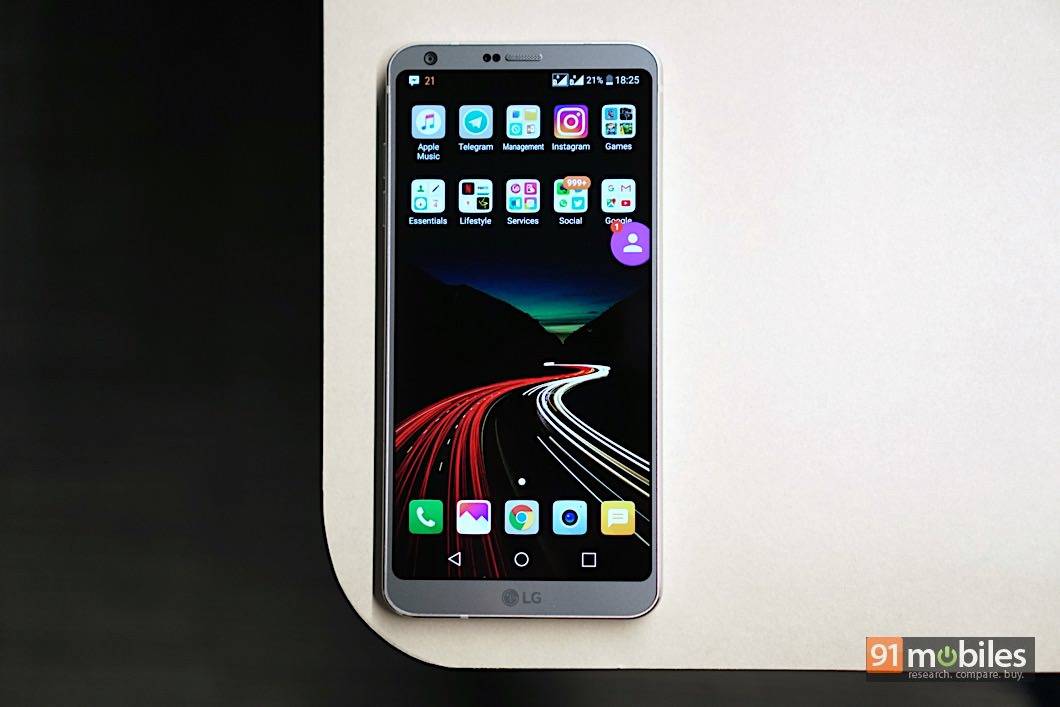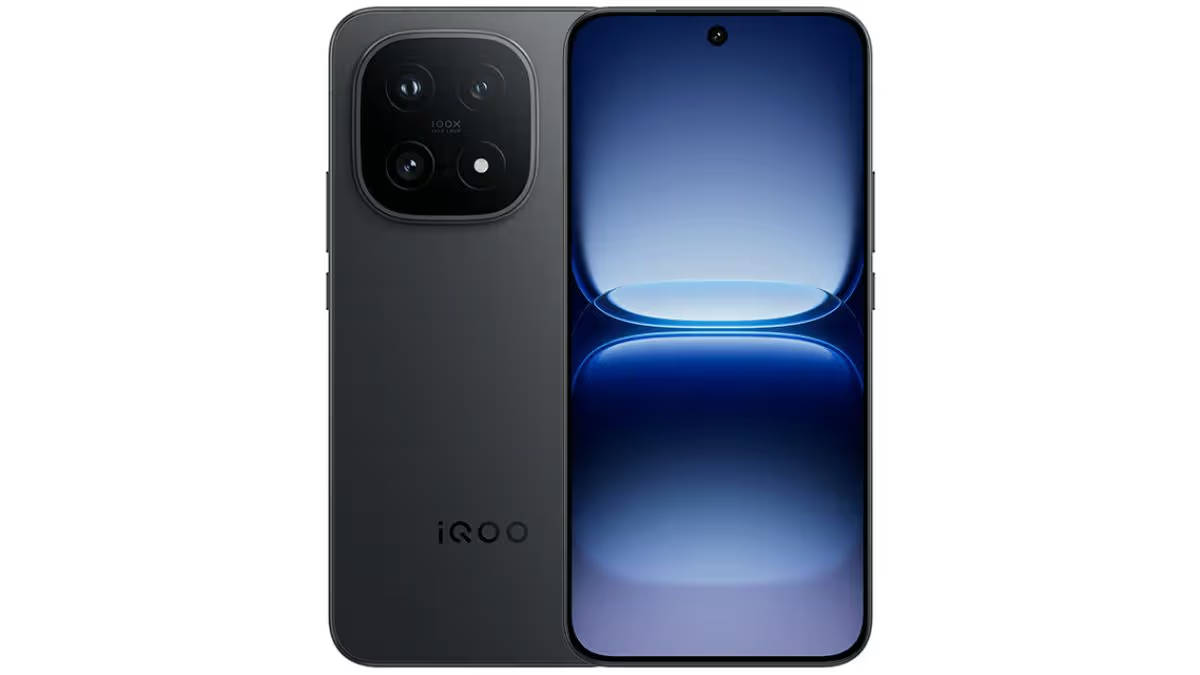“Can the LG G6 take the thunder away from the Samsung Galaxy S8?”
Last year’s LG G5 (review) was a failed attempt at a modular smartphone, there are no two ways about it. The modular attachments, ironically called ‘Friends’, were anything but friendly to use. Thankfully, it looks like LG has realised the error of its ways. For its 2017 flagship, the Korean smartphone brand has decided to take a step back and make a refined, more user-friendly smartphone instead. Welcome the LG G6 – a smartphone that relinquishes the modular design for an understated yet refined look.
While LG did showcase the G6 first at MWC, there is no doubt that Samsung grabbed all the attention with its newly-launched Galaxy S8 flagship in March. In such a scenario, how can LG differentiate with the G6 to still stay relevant? Undercutting the price of the Samsung flagship is one option. And, LG did just that in India. The LG G6’s sticker price of Rs 51,990 is a good six grand lower than the Galaxy S8 in India. Additionally, LG has introduced some attractive offers which drops the price even further.
Is a lower price tag enough to sway buyers to pick up the LG G6 over the Samsung Galaxy S8 / S8+ (review) or even the Apple iPhone 7 / iPhone 7 Plus (review) for that matter? Forget that, is the LG G6 actually a worthy flagship? I shall attempt to answer these questions, and more, in this review. Stay with me.
Table of Contents
Specs at a glance
| Display | |
| Size | 5.7 Inch |
| Resolution | 1440 x 2560 pixels |
| Performance | |
| CPU | Dual core, 2.3 GHz + Dual core, 1.6 GHz, Snapdragon 821 |
| RAM | 4 GB |
| Storage | |
| Internal memory | 64 GB |
| External memory | Up to 2 TB |
| Battery | |
| Capacity | 3300 mAH, Li-ion, Non removable |
| Talktime | Up to 14 Hours (3G) |
| Standby Time | Up to 136 Hours (3G) |
| Camera | |
| Primary camera | 13 MP |
| Secondary camera | 5 MP |
| Connectivity | |
| Network support | Dual SIM 4G |
| Other options | Wi-Fi, Bluetooth 4.2, GPS |
| Others | |
| Battery Capacity | 3300 |
| Operating system | Android 7.0 Nougat |
Design: taller, stronger, classier
After using the LG G6 extensively, I am still constantly amazed at how compact the phone feels in the hand. With its screen-to-body ratio of 80 percent, the G6 is just around 4 percent shy of Galaxy S8’s screen ratio of 83.6 percent. Both the phones are extremely compact. Here’s the trick, both Samsung and LG have decided to go for a wider aspect ratio for the displays. I shall talk about the display and what it means for content consumption, but here is what you need to know: owing to the wider aspect ratio you get a taller display, and a taller phone as a result. And this tall phone, feels ergonomic as well.
There is no doubt that the Samsung Galaxy S8 looks utterly gorgeous, but I wouldn’t for the life of me use the phone without a protective case; the phone is undoubtedly fragile. The same is not true for the LG G6, though. The G6 not only has a protective Corning Gorilla Glass 5 protection on the rear but this layer actually sits atop an aluminium panel. Further reinforcing the structure is a very sturdy metal railing running along the edges of the phone. What’s more you ask? The phone is rated IP68 for its protection against water seepage (under up to 1.5m of water for 30 minutes) and dust. And, it is shock resistant with MIL-STD-810G certification as well. If all this is not validation enough for the G6’s sturdiness, then I don’t know what else could be.
It might seem that there are no flaws in the design, but that’s not really the case. I found the phone to be slippery and the placement of the home button – that also doubles up as a fingerprint scanner – slightly odd. Essentially, it takes a while to get used to. Also, let’s not forget that the G6 is still not as impressive looking as the Galaxy S8, especially when you place both the phones side by side.
Display: stretching it wide
The 5.7-inch IPS LCD panel on the G6 does not immediately capture your attention like the Samsung Galaxy S8’s display. Don’t get me wrong though, the front is all screen and most of what you are looking at is screen on the LG G6, but thanks to the curved edges on the Galaxy S8, the bezels get neatly hidden under the glass layer on top making it look a lot more attractive. The G6’s display offers a screen resolution of 1,440 x 2,880, which translates to a pixel density of 564 ppi. The screen is crisp and offers fairly accurate colours as well. I found the colour calibration to be slightly on the cooler side, though.
Although, the one thing that sets the display on the LG G6 apart from all the other smartphones is the support for Dolby Vision and HDR10 formats. Both Netflix and Amazon Prime offer a few titles with HDR but at the time of writing this review, the support wasn’t available for the G6. However, I did manage to watch a Dolby Vision demo video on the G6 and it looked phenomenally good. The brightness levels shot up instantly and there was no loss in details either. Even the contrast ratio was pretty good, if not as good as the Super AMOLED panel on the Samsung Galaxy S8+. However, the G6’s screen is not as reflective as the one on the S8 and therefore, both sunlight legibility and viewing angles are a tad better. There’s also the Always-On display in case you aren’t using the screen for anything else.
Software: running Android Nougat, but is it really?
Fun fact: the LG V20 was the first phone to run Android 7.0 Nougat outside the box. The LG G6 also runs Nougat by default but not the latest 7.1.1 version for some odd reason. Anyway, LG has employed a heavy skin on top of Android which completely subverts the original look for one that is totally unrecognisable on the face of it. In fact, the very first time you switch the phone you are presented with a stack of tutorials that get rather annoying.
The app drawer is missing by default but you can download LG’s home screen layout separately. Note that you can use the Settings app to decide which apps are scaled automatically to the G6’s new 18:9 aspect ratio. The software also has the ability to showcase two apps at the same time in windowed mode. On the G6’s tall display, the windowed mode works really well and is totally a treat to use two apps side by side.
Camera: up there with the best flagship smartphones
LG has gone with the tried-and-tested dual camera carried from the G5 and the V20. The second camera on the rear can shoot wide angle shots. Both the cameras on the rear use 13MP sensors but are vastly difference in terms of image quality produced. This is owing to the fact that the primary camera is attached to a f/1.8 aperture lens, has 3-axis OIS and phase-detection autofocus. In comparison, the secondary wide angle lens is attached to a slower f/2.4 aperture lens and no OIS or autofocus.
In my testing I noticed that the images shot using the wide angle lens had fewer details in comparison to the primary one. However, the colour balance and temperature were fairly on par. With the wide angle lens you can take some fun looking shots and if used creatively you can definitely get some interesting perspectives. The 13MP camera itself is a competitive shooter. I managed to shoot some really detailed photographs but the colours feel slightly over saturated. Although, in direct comparison with the cameras inside the Google Pixel (review) and the Samsung Galaxy S8+, the G6’s camera is lacking slightly. The low light performance of the Galaxy S8+ just beats all the flagship camera smartphones hands down, including the LG G6.
The front camera is a 5MP shooter with an f/2.2 lens and LG actually dropped the ball on this one. If you are selfie lover, you might get disappointed with the shots because it lacks details and the colours are not great either. You get 4K video recording and thanks to the dedicated OIS the stability of video is good too. Overall, the cameras on the LG G6 are great but not so much that you are “wowed” by the images.
Performance: very powerful but still not enough
Internally, the LG G6 comes with last year’s flagship SoC – the Qualcomm Snapdragon 821 – coupled with 4 gigs of RAM. While it is a little disheartening that LG couldn’t procure the Snapdragon 835 in time for the launch, or so I hear, the 821 is not really a bad option. It is plenty powerful and LG has somehow managed to optimise the software to ensure that it doesn’t lag even if you push it to its limits. All heavy graphics games run absolutely smoothly and quite honestly, you won’t be left wanting for more power. In my time with the device though, I found it to heat up once or twice but it is not something that I’d worry too much about because most high-end smartphones do get hot once in a while.
The mono speaker on the LG G6 is adequately loud but I’ve really started to miss stereo speakers on flagship smartphones. The G6 comes with a Quad-DAC as well. I won’t get into the technical specifics but I can tell you that it improves the audio quality by a fair margin that music sounds noticeably spacious. Mind you, you will need a fairly powerful pair of earphones or headphones for it. As far as call quality is concerned, the G6 doesn’t disappoint at all.
The phone’s 3,300mAh battery lasted me around a day’s worth of usage easily and I got an average screen on time of four and a half hours. In our battery test it lasted for almost 14 hours before I had to refill the battery with juice. This is fairly decent battery life for a flagship smartphone and coupled with fast charging, which actually charges the battery from 0 to 100 in under an hour and 40 minutes, you shouldn’t have anything to worry about.
Should you buy it?
After using the phone, I am pretty convinced that LG’s decision to not make another modular flagship smartphone this year was a good one. To top it off, I am glad that LG has decided to price the G6 aggressively, at least as far as flagship smartphone pricing is concerned. The G6 is definitely a top-tier smartphone that begs for your attention. I can’t really think of anything that is a deal breaker.
But, here’s the thing – the Samsung Galaxy S8 is much sexier looking and the chatter around Samsung’s phone is on fire, not literally. While LG does have a great phone in the G6, the Galaxy S8 just takes away all the attention from it because it looks gorgeous. But, to make a case for the G6, it is definitely cheaper and sturdier than the Galaxy S8.
As a parting note of friendly advice, I’d still urge you to take a long hard look at the G6 before you make the decision to pick up the Galaxy S8.
Editor’s rating: 4 / 5
Pros
- Pretty display
- Sturdy body
- Wide angle lens is fun to use
- Priced right for a flagship
Cons
- Software UI could have been better
- No autofocus in secondary camera
- Speaker quality could’ve been better
Photos by Raj Rout


